Our Earth’s Deserts Coloring Pages invite young artists to explore the stark beauty and surprising diversity of our planet’s arid landscapes. These pages showcase various types of deserts, from vast sand dunes and rocky plateaus to salt flats and cactus-studded plains.
As children engage with these Earth’s Deserts Coloring Pages, they’re introduced to the unique adaptations and ecosystems of desert environments in a visually appealing and memorable way. Each page might depict different aspects of desert life, from heat-resistant plants and animals to geological formations shaped by wind and extreme temperatures.
Some pages might focus on specific desert creatures or plant species, while others might illustrate oasis ecosystems or ancient desert civilizations. As young colorists bring these Earth’s Deserts Coloring Pages to life, they’re not just creating art – they’re learning about the resilience of life in extreme conditions and the delicate balance of desert ecosystems.
The act of coloring allows kids to observe details of desert landscapes and inhabitants, enhancing their understanding of these seemingly barren but actually teeming environments. Parents and educators can use these Earth’s Deserts Coloring Pages as a springboard for discussions about climate zones, water conservation, and the impacts of desertification.
The coloring process itself promotes fine motor skills, concentration, and creativity, while also fostering a deeper appreciation for the stark beauty and ecological importance of Earth’s deserts. As children select colors for these arid scenes, they might reflect on the challenges of desert life and the need to protect these fragile ecosystems.
Whether used in classrooms as part of a geography or environmental science curriculum, at home for quiet time, or during nature-themed events, these Earth’s Deserts Coloring Pages offer a unique blend of education and entertainment. They leave children with a vivid understanding of desert environments, potentially sparking a lifelong interest in arid ecology, climate science, and conservation of water-scarce regions.


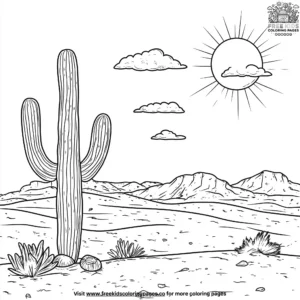
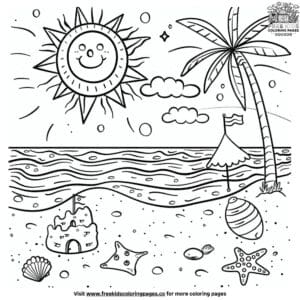
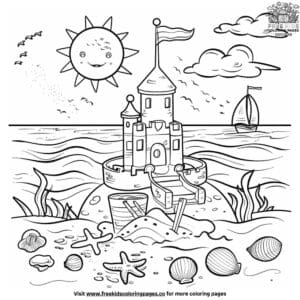

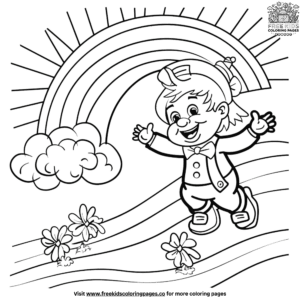


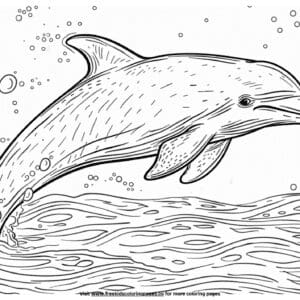
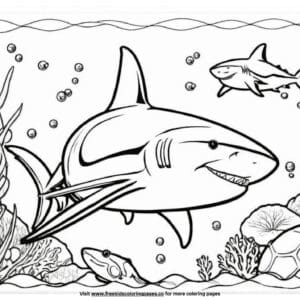

Reviews
There are no reviews yet.